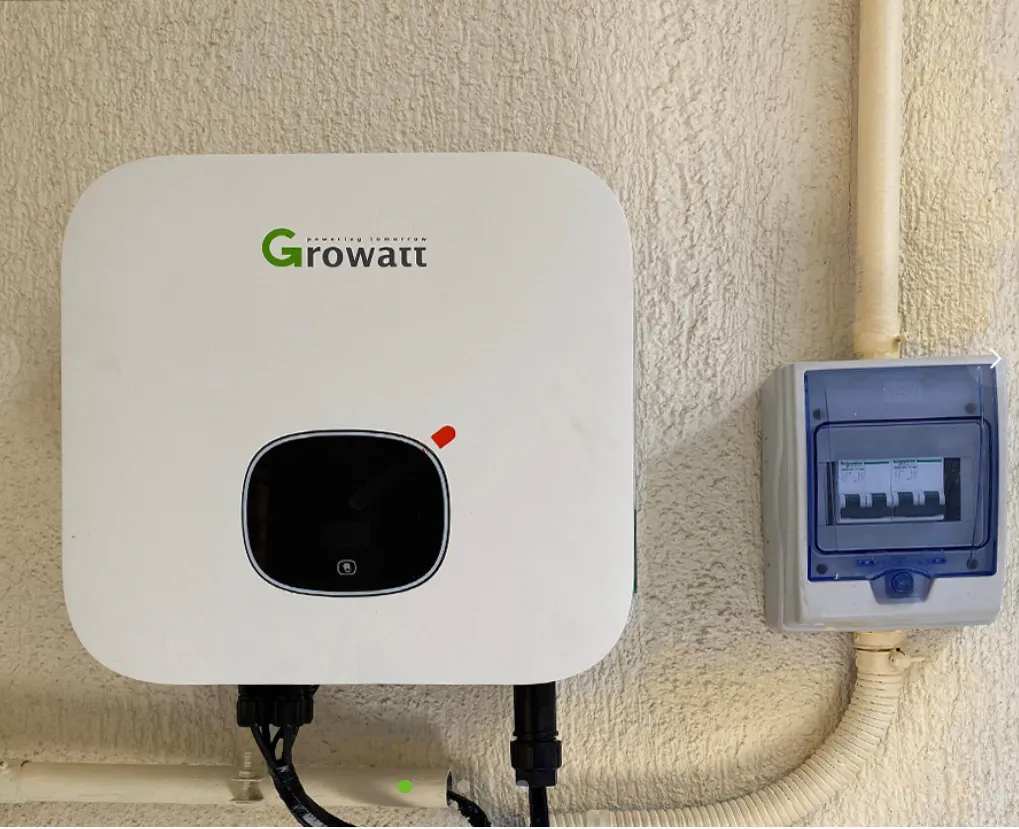what is a string inverter solar
What is a String Inverter in Solar Energy Systems?
In the realm of solar energy, efficiency is the ultimate goal. Homeowners, businesses, and solar energy enthusiasts continually seek ways to enhance the performance of their photovoltaic (PV) systems. One of the pivotal components that contribute to this efficiency is the string inverter. Understanding what a string inverter is, how it functions, and its advantages can be crucial for anyone considering solar energy systems.
Definition and Functionality
A string inverter is a type of inverter used in solar energy systems to convert the direct current (DC) electricity generated by solar panels into alternating current (AC) electricity, which can be used to power home appliances or fed back into the electrical grid. The term string refers to the configuration of solar panels connected together in series, forming a string. Each string feeds its DC output into a single inverter, which then performs the conversion.
When sunlight hits the solar panels, they generate DC electricity. The string inverter takes this DC output and converts it into AC electrical current. This AC electricity is compatible with the electrical grid and can be utilized by home appliances or be exported back to the grid.
Advantages of String Inverters
1. Cost-Effective String inverters are generally less expensive than other types of inverters, such as microinverters or power optimizers, making them a popular choice for residential solar installations. Their simplicity in design and operation means lower purchase and installation costs.
2. Simplicity and Ease of Installation The installation of string inverters is relatively straightforward. They require less wiring and fewer components compared to more complex systems, which can lead to a quicker and less labor-intensive installation process.
what is a string inverter solar

3. Centralized Monitoring String inverters typically come with monitoring systems that allow users to track the performance of their solar panel system as a whole. This centralized approach simplifies maintenance and troubleshooting.
4. Space Efficiency Since a single string inverter can handle multiple solar panels, it reduces the amount of space needed for inverter housing, which is particularly beneficial for homeowners with limited installation area.
5. Reliable Performance String inverters are known for their durability and reliability. With fewer moving parts and a robust design, they can withstand various environmental conditions, offering a long operational life span.
Potential Drawbacks
Despite their advantages, string inverters come with certain limitations. One significant drawback is their dependency on the performance of the weakest panel in a string. If one panel becomes shaded, dusty, or malfunctioning, the total output of the string can be adversely affected. This phenomenon is known as module mismatch.
To mitigate this issue, owners can consider using power optimizers or microinverters, which allow for greater individual panel performance optimization. However, these systems can increase overall costs and complexity.
Conclusion
In conclusion, a string inverter is an essential component of many solar power systems, facilitating the conversion of DC electricity generated by solar panels into usable AC electricity. With their cost-effectiveness, ease of installation, and reliable performance, string inverters remain a favored choice for residential and commercial solar projects. Recognizing both their advantages and limitations can help consumers make informed decisions when investing in solar energy systems, ultimately contributing to a more sustainable future. Understanding these basics can empower homeowners and businesses alike to harness solar energy effectively.
-
String Solar Inverter: The High-Efficiency Solution for Smart Solar EnergyNewsJul.14,2025
-
Revolutionizing Rooftop Energy with the Power of the Micro Solar InverterNewsJul.14,2025
-
Power Independence with Smart Off Grid Solar Inverter SolutionsNewsJul.14,2025
-
On Grid Solar Inverter: Powering the Future with Smart Grid IntegrationNewsJul.14,2025
-
Monocrystalline Solar Panels: High-Efficiency Power for the Future of Clean EnergyNewsJul.14,2025
-
Bifacial Solar Panel: A Smarter Investment for Next-Generation Energy SystemsNewsJul.14,2025







